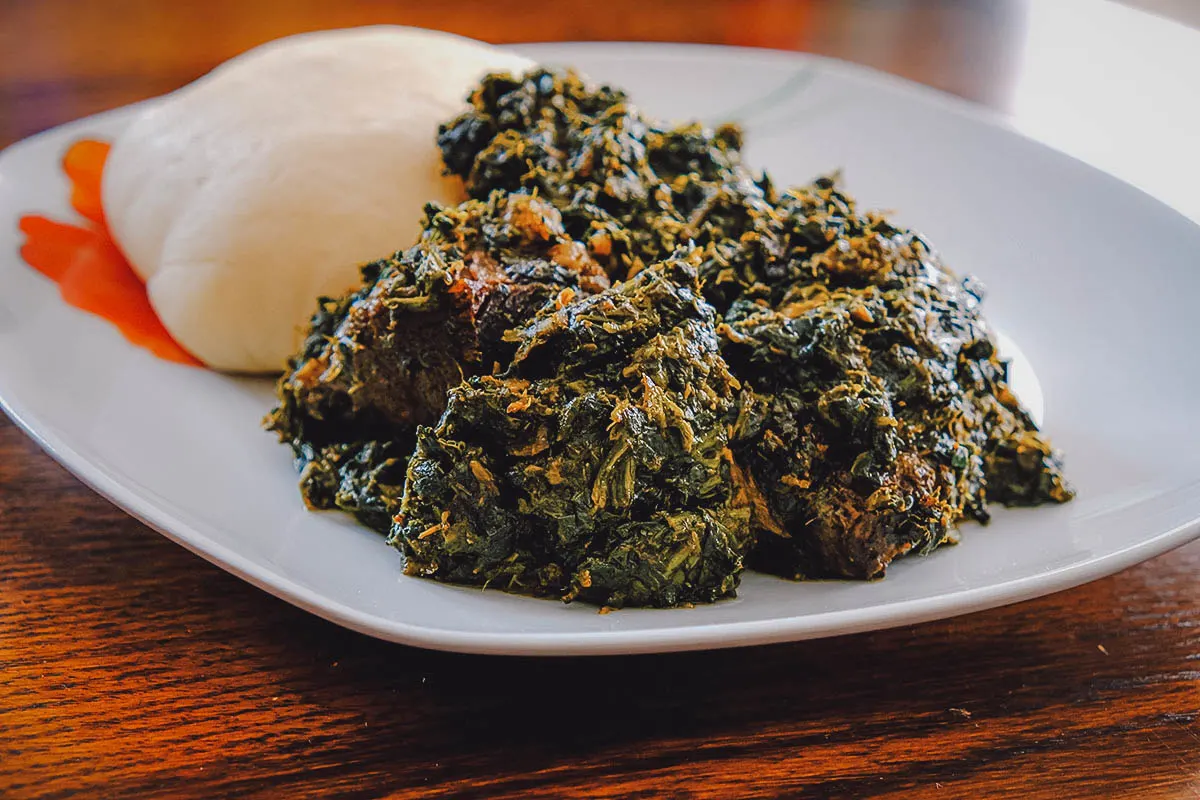
We’ve all been there – you’re about to dig into your favourite small chops, maybe a plate of puff-puff or samosa, and someone suddenly warns, “That’s bad for your cholesterol!” If you’re anything like most Nigerians, your first thought might be, “Haba, why is all the good food bad for me?” Well, the answer isn’t as straightforward as you might think. In this article, we will explore the details to help you understand what it really is, why it matters, and how you can take control of your health without missing out on life’s simple pleasures.
What Exactly is Cholesterol?
It is a type of fat that is essential for your body’s daily functioning. Yes, you read that right – essential! It helps in building cells, producing hormones like estrogen and testosterone, and even aids in making Vitamin D. The liver makes most of the cholesterol your body needs, but you also get some from the foods you eat. However, not all cholesterol is created equal – and that’s where things get tricky.

The Two Types of Cholesterol: The Good and the Bad
Cholesterol is carried around in your bloodstream by two types of protein: High-Density Lipoprotein (HDL) and Low-Density Lipoprotein (LDL). Here’s how they work:
-
HDL: The “Good” Cholesterol
Think of HDL as the cleanup crew. Its job is to take excess cholesterol from your bloodstream and transport it back to the liver, where it gets processed and flushed out of the body. High levels of HDL are beneficial because they lower the risk of fat building up in your arteries.
-
LDL: The “Bad” Cholesterol
On the flip side, LDL can be a bit of a troublemaker. When there’s too much LDL in your blood, it can build up on the walls of your arteries, forming a substance called plaque. Over time, this plaque hardens and narrows the arteries, making it harder for blood to flow through. This is what’s known as atherosclerosis, a leading cause of heart disease and stroke.

Why Is High Cholesterol Dangerous?
Too much LDL – increases your risk of serious health issues. Here’s why:
- Coronary Heart Disease (CHD): Plaque buildup can restrict blood flow to the heart, increasing the risk of heart attack.
- Stroke: When plaque blocks blood flow to the brain, it can lead to a stroke, causing permanent damage or even death.
- Peripheral Vascular Disease: it can also affect the blood vessels in your legs, arms, and other areas, leading to pain and circulation issues.
- High Blood Pressure: Clogged arteries force your heart to work harder to pump blood, leading to increased blood pressure.
- Diabetes: Cholesterol problems and diabetes often go hand-in-hand, as high blood sugar can increase LDL levels.
- Erectile Dysfunction: Poor circulation caused by cholesterol buildup can affect blood flow to certain parts of the body, leading to erectile dysfunction in men.
Cholesterol Myths Busted: What You Should Know
There’s a lot of misinformation floating around about cholesterol, especially when it comes to diet. Here are a few common myths we’re setting straight:
1. Myth: All cholesterol is bad
Not true! As we’ve mentioned, your body needs it to function properly. The key is managing the balance between HDL and LDL.
2. Myth: Only overweight people have high cholesterol
While being overweight can increase your risk of high cholesterol, slim people can have it too, especially if they have poor eating habits or a family history of cholesterol problems.
3. Myth: Eating eggs will skyrocket your cholesterol
Eggs, especially the yolks, do contain it, but recent research shows that eating moderate amounts of eggs (1-2 per day) is unlikely to significantly raise cholesterol levels for most people. It’s more about the overall quality of your diet.

How to Keep Your Cholesterol Levels in Check
The good news is that high cholesterol is both preventable and manageable. Here are simple, practical steps to help you lower your cholesterol and reduce the risk of related diseases:
1. Eat Fruits and Vegetables Daily
Fruits and veggies are rich in fibre, vitamins, and antioxidants that can help lower cholesterol levels. Aim for a variety of colours on your plate – from leafy greens to vibrant oranges and reds.
2. Reduce Saturated and Trans Fats
Fatty foods like full-fat dairy, red meat, and fried snacks are high in saturated fats that can raise LDL levels. Instead, opt for lean meats like chicken, turkey, or plant-based proteins like beans.
3. Eat More Oily Fish
Fish like salmon, mackerel, and sardines are rich in Omega-3 fatty acids, which help increase HDL and lower triglycerides (another type of fat in the blood). Aim for at least two servings of oily fish per week.
4. Limit Alcohol Consumption
While moderate alcohol intake (like red wine) may have some heart benefits, too much can raise blood pressure and triglyceride levels. If you choose to drink, do so in moderation – that’s one drink per day for women and two for men.
5. Get Moving
Regular physical activity can boost HDL levels and lower LDL. Whether it’s walking, swimming, or even dancing, find an activity you enjoy and aim for at least 30 minutes of exercise most days of the week.
6. Watch Your Weight
Carrying extra weight, especially around the waist, increases your risk of high cholesterol and heart disease. Losing even a small amount of weight (5-10% of your body weight) can make a big difference in cholesterol levels.
7. Quit Smoking
If you smoke, quitting is one of the best things you can do for your heart health. Smoking lowers HDL levels and damages the lining of your arteries, making it easier for plaque to build up.

Final Thoughts
Managing cholesterol isn’t about depriving yourself of the foods you love, but rather finding a healthy balance. You can still enjoy your small chops occasionally – just make sure you’re also incorporating heart-healthy choices into your daily routine. Regular check-ups with your doctor can help you keep tabs on your levels and guide you on what’s best for your health.
Remember, the goal is progress, not perfection. With the right lifestyle changes, you can keep it in check and protect your heart for years to come.
Also read: Switching to a healthier diet? Try these 5 tips!
References
World Heart Organisation: https://www.heart.org/en/health-topics/cholesterol/about-cholesterol



